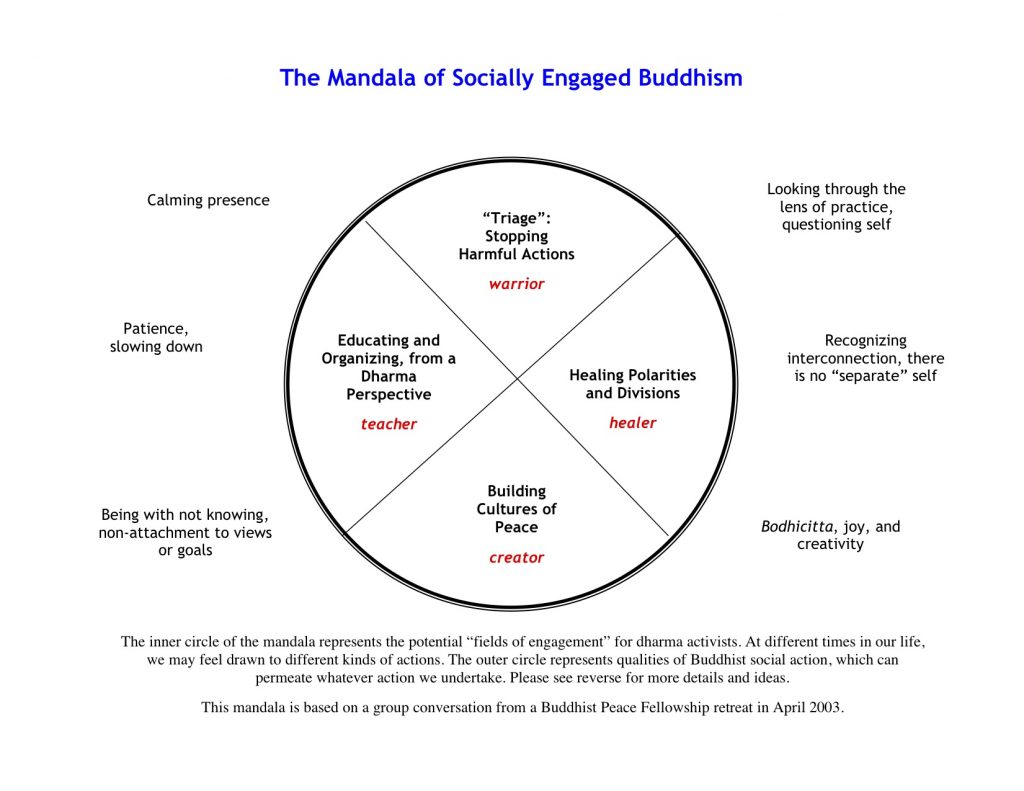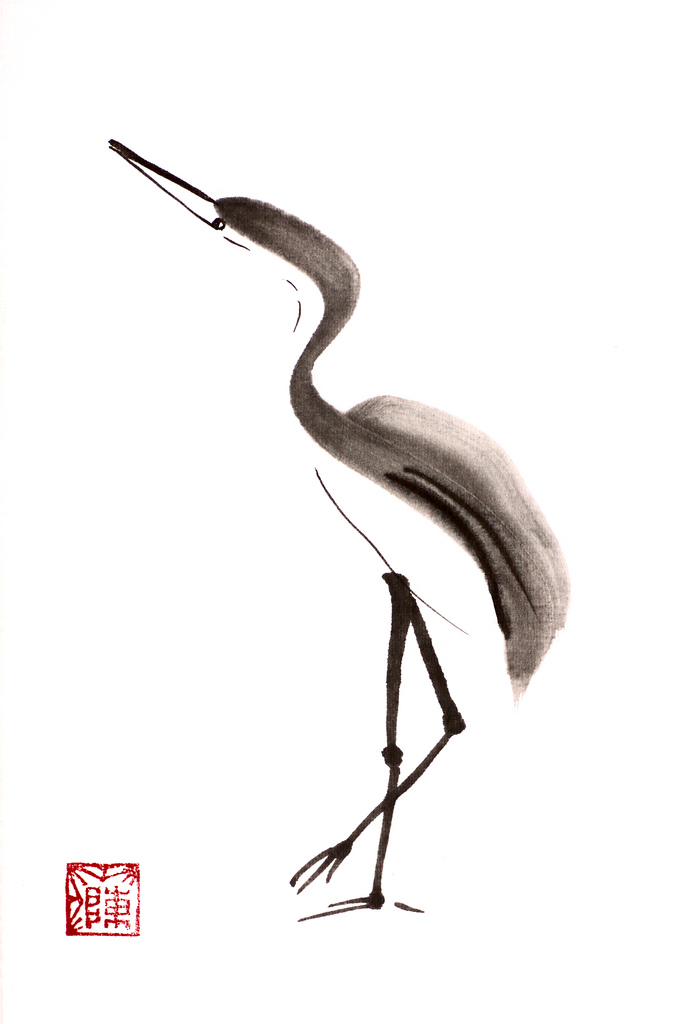Zen / Tao
Wabi Sabi
An appreciation for the Beauty of the Imperfect, Impermanent, Transient, and Incomplete, found in nature.
Wabi = Subdued, Austere, Beauty
Sabi = Rustic Patina
Characteristics of Wabi-Sabi Aesthetics:
Asymmetry, Roughness, Simplicity, Economy, Austerity, Modesty, Intimacy, in Natural Objects, and the Forces of Nature.
“If an object or expression can bring about, within us, a sense of serene melencholy and spiritual longing,
than that object express wabi-sabi.” —Andrew Juniper
“Wabi-sabi nurtures all that is authentic by acknowledging three simple realities:
nothing lasts, nothing is finished, and nothing is perfect.” —Richard Powell
Attend. Invite others to attend. Free tickets. Simply pay attention. ~ composed 141015
About the practice of Zen, Art and Mastery
A rich noble once commissioned a famous artist to paint him a picture of a crane.
The artist agreed, though he set a rather steep price, even for one as rich as the noble.
The artist asked his patron to return in a month.
After a month, the noble returned to the house of the artist.
The artist told the noble that he required yet more money; and another two months.
After a another two months the noble returned the second time.
The artist invited the noble to take a seat near his work table, and said, “Just a moment, please.”
The artist unrolled a piece of paper, carefully lifted his brush
and dipped it into his freshly ground ink.
Then, before the nobleman’s very eyes,
completed his undeniably most beautiful painting of a crane.
Its pose so lifelike, the brushstrokes so delicate!
The noble, rather than pleased, expressed anger and frustration.
“How can you expect me to pay so much for something that took you only a few minutes to do?”
The artist calmly walked over to a nearby cupboard and opened it.
Contained within were many dozens – no, hundreds –
perhaps thousands of less masterfully drawn cranes.
Mastery comes only with endless, focused practice.
As I stand on my own narrow know-ledge
wondering what I, you and they know
and how I, you or they
know what “is” known
we’re left with words on a page
or falling into our ears
Perhaps we’d do well to step back
off the know-ledge
back to actual experience
“I know you because I experience you”
“I know this because I experience this”
~ me, 131203
——————————————————————————-
So many words in so many languages confuse and put off the basic action of living:
“experience inter being with mind empty and open to receive; holding nothing.” ~ me, 130306
—————————————————-
“There’s much more in any given moment than we usually perceive,
and we ourselves are much more than we usually perceive.
When you know that, part of you can stand outside the drama of your life.”
– Ram Dass
illuminated being
———————————————————————————
sit still — aware — no thing to think about
(lots to do)
here and now



{ 1 comment… read it below or add one }
I read your map and can appreciate all the effort you put into forming it for clarifying your life. I perceive this map was created through a very involved intellectual process that directs your path…it has much to do with the thinking mind. I understand that this is your way to your truth and I don’t disagree with any of it but I’m not attracted to it. However, my goal is to live in embodied, “empty presence”, anchored in my viscera, yet connected to my INTUITIVE heart wisdom with my thinking mind subdued. I’ve been not wanting intellectual encounters much anymore. I submit to guidance from my heart wisdom, as often as I can, My Higher Self informs me of my next steps, even when choosing to reach for an item on a grocery shelf, I pause and wait for the “OK” from my Higher Self. Higher Self is anchored behind our physical heart. That’s the place where those messages to me come from. From Deepak Chopra: ” Our Higher Self is the most intimate thing we could possibly know; eternity is the most comfortable home we could possibly find.” As Einstein said, “Action arising from our intuitive heart wisdom, which is everyone’s direct link with the Source of all life, is going to suggest the most correct and creative path to walk in answer to your situation and the world.” Sometimes when I don’t feel safe, I leave my body…and am scattered and not anchored….that’s when I’ve lost connection to Higher Self and appear to be in my head…..I’m actually not in my body.